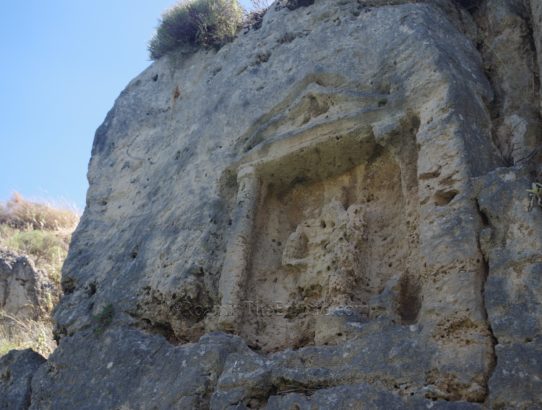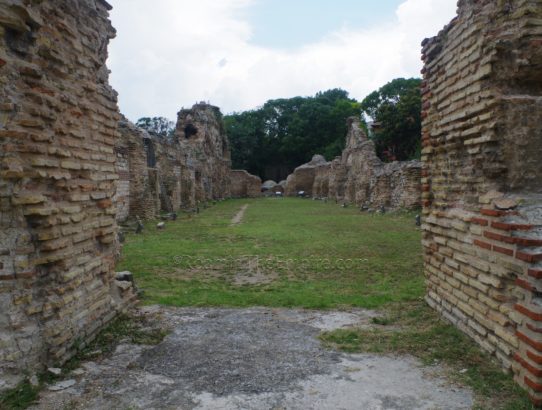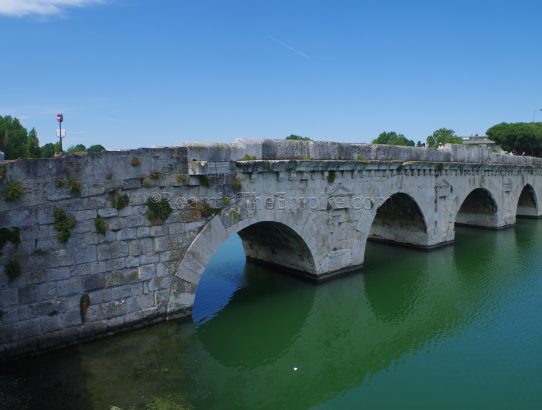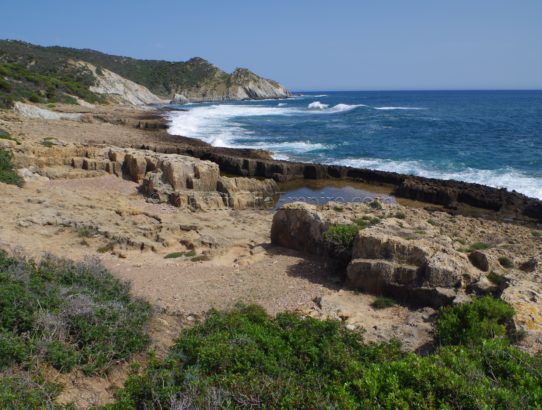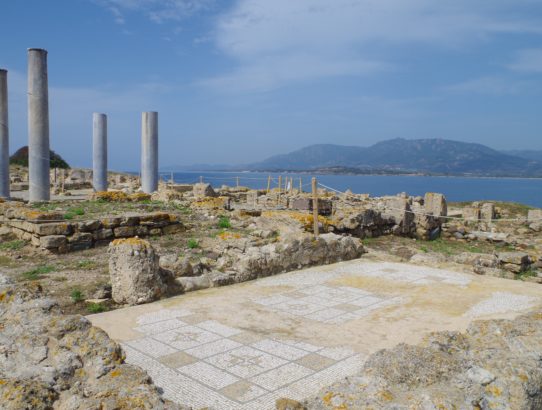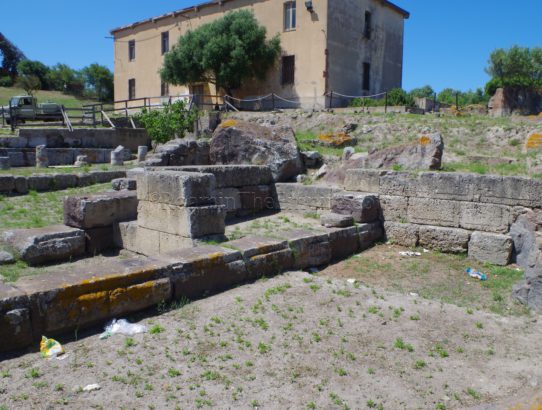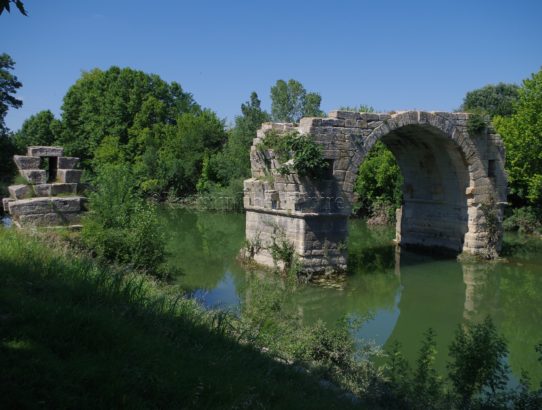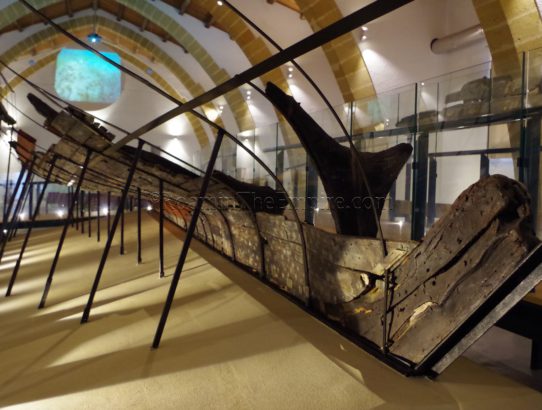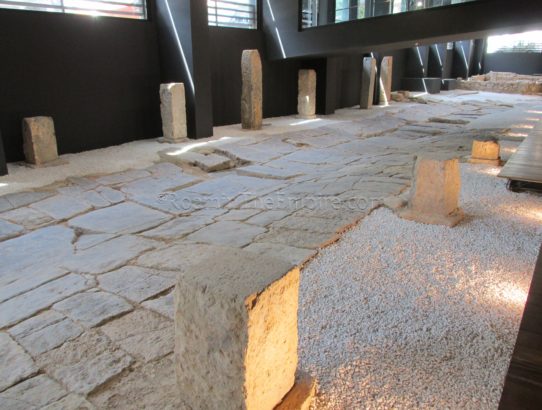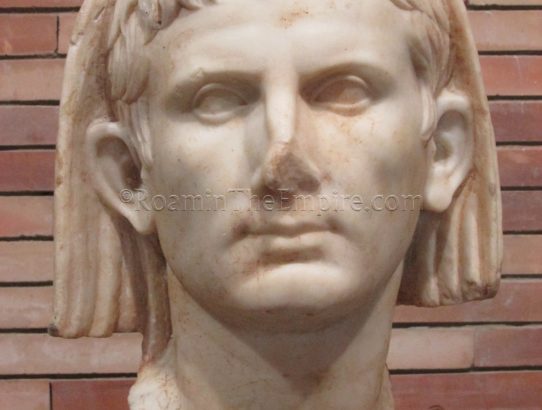Corinth Area, Achaea
Most Recent Visit: May 2021 A number of remains in the area of Corinth are worth visiting, but not quite enough to warrant their own post individually. Located less than a kilometer to the south/southwest of the ancient center of Corinth, is the fortress of Acrocorinth, literally Upper Corinth. The rocky outcropping juts up 575…
Read More


